
Mission & Vision
Our Aviation Alliance is grouping European Airlines and Airports and was launched with the aim to support Fit for 55. We are strongly committed to contribute to reaching the objectives set out by the Paris Climate Agreement. We see an opportunity for Europe to become a global leader in decarbonising aviation.
We aim to achieve net-zero emissions in 2050 and simultaneously prevent carbon leakage and maintain European connectivity.
Our Declaration
I.
Aviation is a powerful driver for prosperity, employment, trade and mobility in the EU. It connects people and businesses across the world. We have been working for many years to reduce the environmental impact of aviation. We are strongly committed to working with a wide range of stakeholders and policymakers to contribute to reaching the objectives set out by the Paris Climate Agreement. The transition to a more sustainable aviation sector is our top priority. Strong global and European policies are essential to support the aviation industry’s transition towards net-zero CO2 emissions by 2050 – as laid out in our Roadmap “Destination 2050” presented by the wider European aviation industry in February 2021.
Our Alliance is committed to reaching net-zero emissions in 2050 and welcomes the European Commission’s “Fit for 55” package. In particular, a blending mandate for Sustainable Aviation Fuels (SAF) and market-based instruments for CO2 pricing (ETS, CORSIA) are essential levers to achieve the goal of CO2 neutrality. The Fit for 55 package represents an unprecedented opportunity for Europe to become a global leader in decarbonising aviation. Nevertheless, adjustments to the package will be necessary to prevent carbon leakage, and to maintain European connectivity.
II.
Airlines and airports globally have committed to net-zero emissions in 2050. At the same time, our industry is fiercely competitive and international by default, and current environmental and social standards have already skewed the level playing field. Hence we are deeply concerned that the Fit for 55 legislative proposals in their current form would reinforce the risk of carbon leakage, unless adjustments are made:
- The ReFuelEU Aviation proposal applies to all routings from European airports including long-haul flights. However, for routings via hub airports outside of the EU it applies only for traffic for the first leg to this non-European airport, but not for the following leg to the final destination. The result is an incentive to itineraries connecting through non-EU hubs.
- The proposed revision of the ETS does not take into account, that intra-EU-feeder traffic falls within the scope of the legislation while feeder traffic via non-EU-hubs does not.
- The introduction of a revenue-raising fuel tax on intra EU flights is not in fact a decarbonizing solution and it would have negative impact on Europe s air transport sector. Therefore, the strategy towards achieving the goals of the package should not be based on a kerosene tax but by ensuring the efficient implementation of the rest of its elements.
These proposals are interlinked, and therefore addressing them will require a holistic approach. If not properly addressed they would result in carbon leakage for a substantial part of extra-EU long-haul traffic, the possible deterioration of European connectivity, and a loss of billions in revenues for EU airlines and airports. Against this backdrop, the Green Deal runs the risk of losing its transformative power, as our economies transition towards sustainability.
III.
For Fit for 55 to become a success, the legislative proposals for aviation will need adjustments to increase effectiveness. We therefore propose:
Emissions Trading System (EU ETS)
As long as we continue to use fossil fuels, the ETS remains a suitable and effective market-based instrument to limit and reduce CO2 emissions. We support the ambitious CO2 reduction targets and the proposed annual reduction path. To make it a success we propose:
- In order to prevent carbon leakage the legislation should ensure the financial equality of passengers transferring in the EU to passengers transferring at hubs outside the EU.
- In order to strengthen the environmental contribution of the ETS, the revenues of certificate trading should be reinvested into the ramp-up of SAF.
SAF Blending Mandate SAF (RefuelEU Aviation)
Sustainable Aviation Fuels (SAF) are an essential lever to decarbonise aviation. The Fit for 55 package rightfully addresses them. In order to enable the market ramp-up of SAF without carbon leakage, precautions must be taken to maintain competitive neutrality and connectivity:
- One option would be to enable EU Member States to establish a mechanism to bridge the price gap between fossil fuel and SAF for extra-EU traffic. This mechanism would apply to all passengers departing the EU, depending on their final extra-EU-destination, regardless of the transfer hub and would finance the costs of the SAF mandate. It would be essential, in that case, that a significant number of European aviation markets adopt a harmonized approach.
- A second option would be to introduce an adjustment mechanism for all passengers departing from the EU and transferring at a non-EU-hub, in order to contribute to the SAF mandate. This mechanism would balance the cost level for carriers that are not subject to the EU climate regulations as they make use of hubs outside of the EU. Thus, competitive neutrality would be safeguarded and carbon leakage prevented. Revenues can be invested back into SAF. Ideally such an adjustment mechanism would not only be able to prevent carbon leakage created by the SAF mandate but also by the ETS.
- In addition precautions need to be taken for intercontinental connecting passengers: these transfer passengers via EU-hubs should be treated equally to transfer passengers via non-EU-hubs.
The corrections we propose would play a great part in achieving the ambitious Fit for 55 targets and prevent carbon leakage, increasing the effectiveness of the package.
We call upon all Member States and the ICAO General Assembly to support a worldwide blending mandate. A worldwide mandate would constitute a huge step towards net-zero CO2 emissions by 2050.
This Alliance was launched with the aim of supporting policy makers in preserving the benefits of global and internal EU connectivity while ensuring the effective decarbonization of the sector. Fit for 55 has the opportunity to become a successful role model for climate protection in aviation. We look forward to positive engagement with policymakers to achieve a strong and balanced outcome for the Fit for 55 package.
The members of the Aviation Alliance Fit for 55
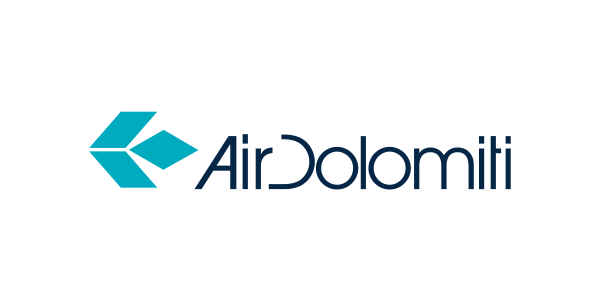
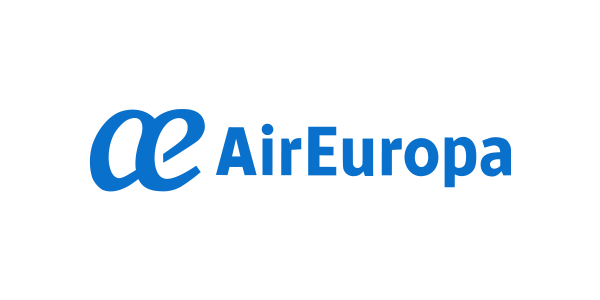
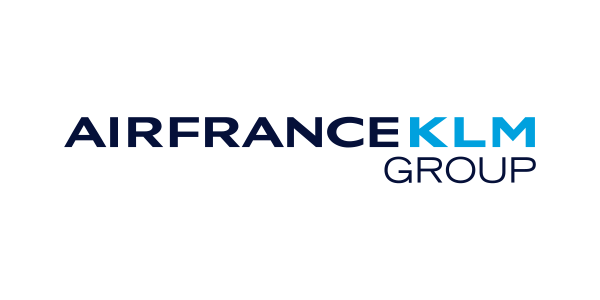
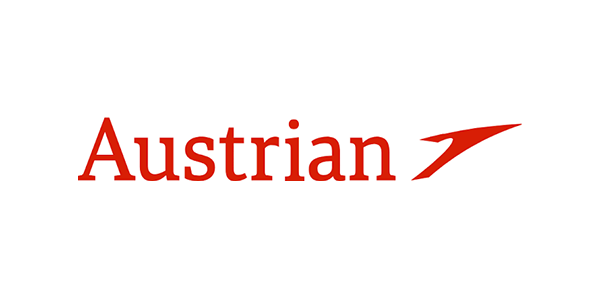
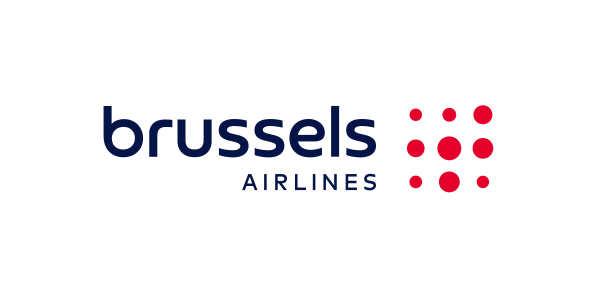
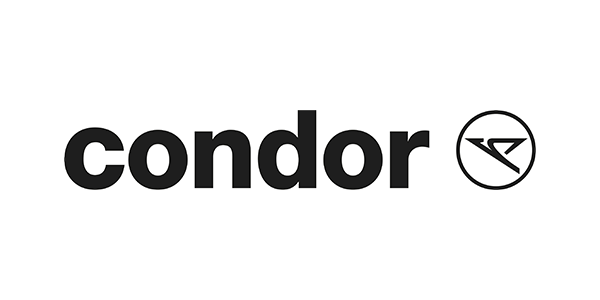
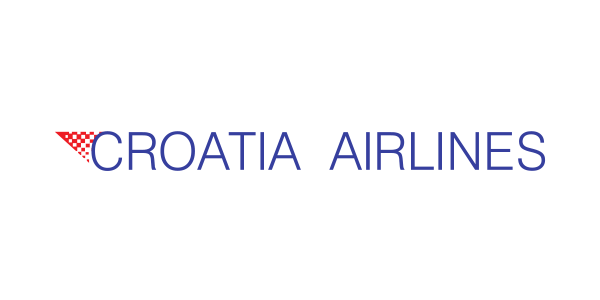
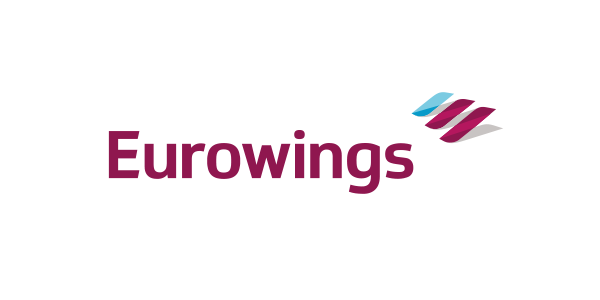

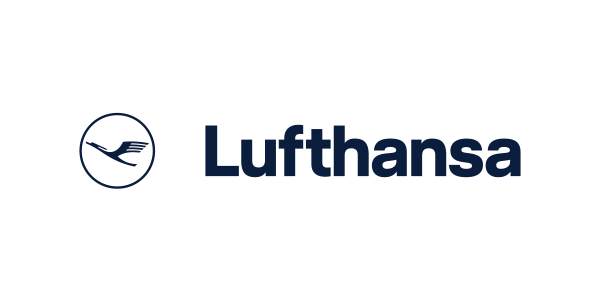

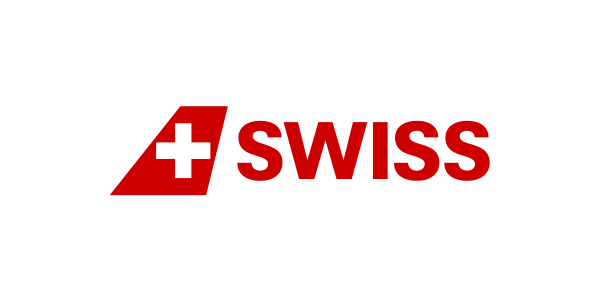
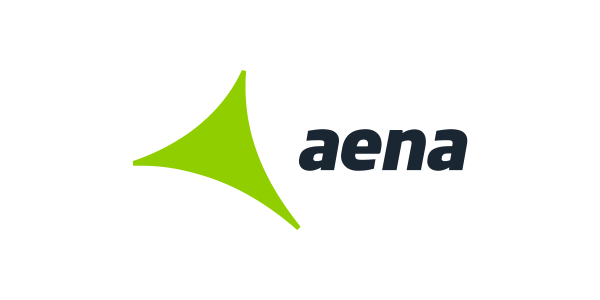

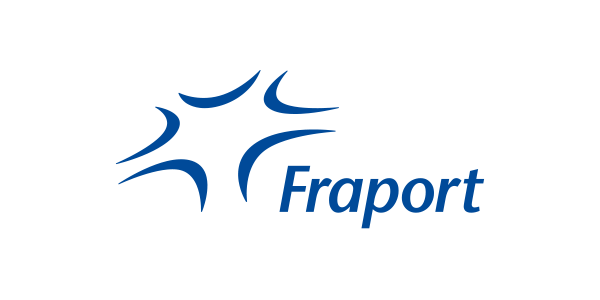

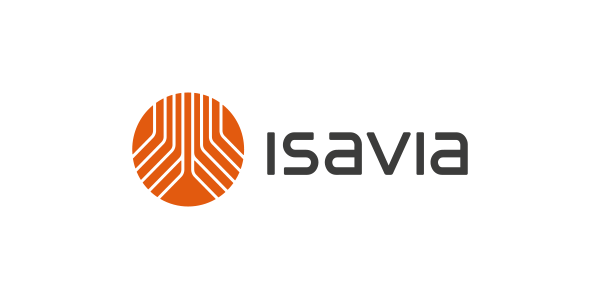


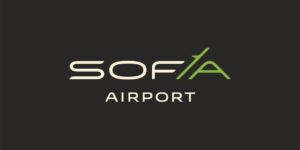
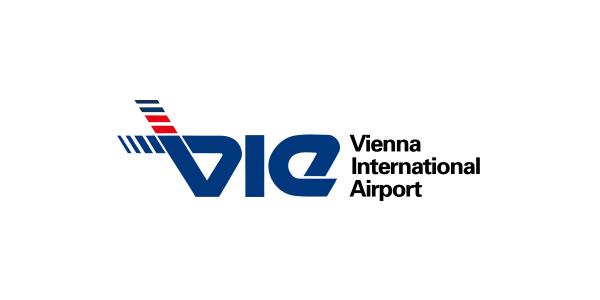
Contact us
For further information or questions, please feel free to use the contact form below
or contact us at secretariat@aviationalliance.eu
